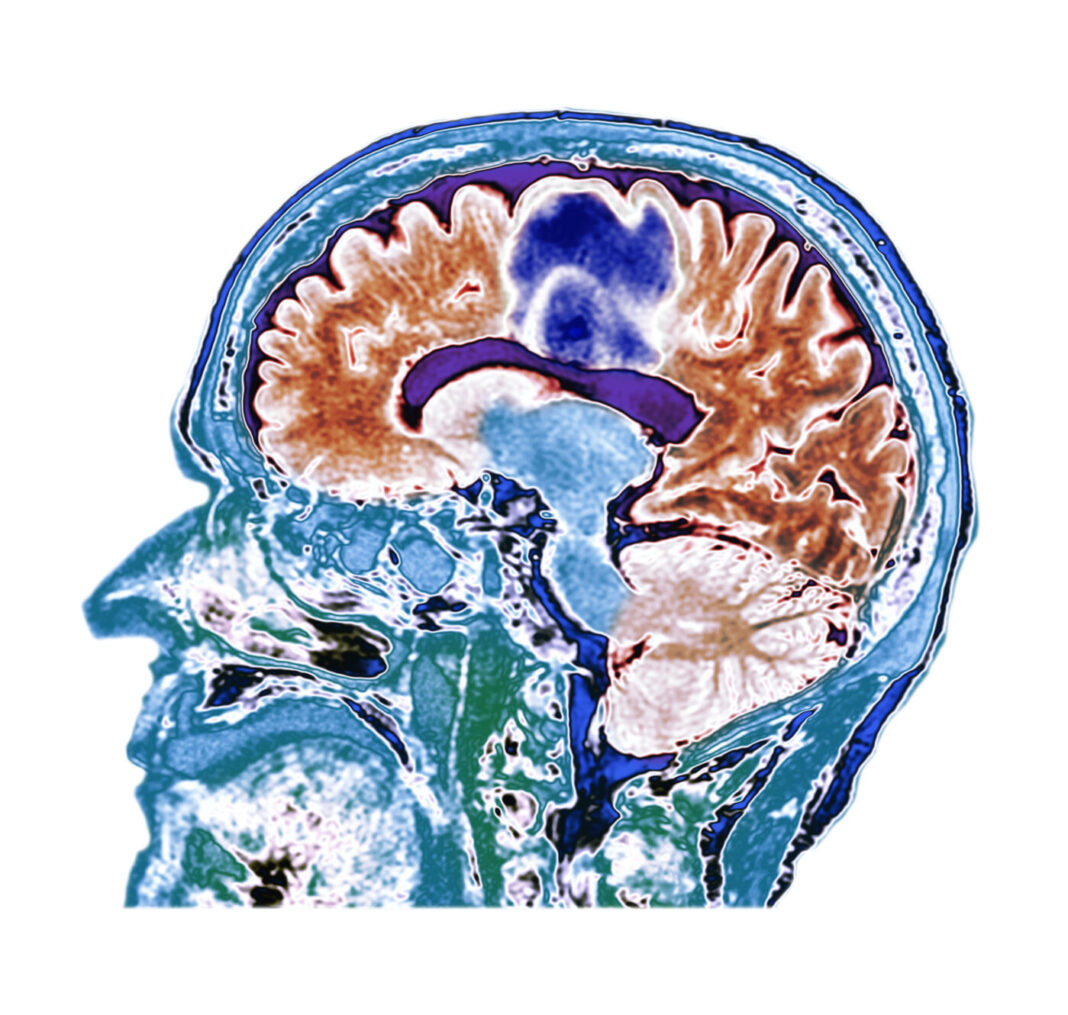Glioblastoma (GBM) is an aggressive type of cancer that can occur in the brain or spinal cord. It forms from cells called astrocytes that support nerve cells. The lack of safe and effective delivery across the blood-brain barrier is one of the main hurdles to GBM therapies. Now, a combination therapy involving short bursts of radiation therapy and natural nanoparticle-based immunity has been developed by researchers at Massachusetts General Hospital (MGH).
The combined strategy is described in the journal ACS Nano in a paper titled, “Immune Checkpoint Inhibition in GBM Primed with Radiation by Engineered Extracellular Vesicles.”
“Extracellular vesicles (EVs) have been used as therapeutic delivery vehicles to GBM but with limited efficacy,” the researchers wrote. “We hypothesized that EV delivery to GBM can be enhanced by (i) modifying the EV surface with a brain-tumor-targeting cyclic RGDyK peptide (RGD-EV) and (ii) using bursts of radiation for enhanced accumulation.”
“We showed that priming glioblastoma with a single burst of radiation results in the recruitment of immune cells to the tumor site and increases by nearly fivefold the uptake by the tumor and the microenvironment of therapeutic EVs,” said senior author Bakhos Tannous, PhD, director of the experimental therapeutics unit in the department of neurology at MGH. “These EVs are loaded with immunotherapeutic small interfering RNA (siRNA), and when combined with radiation they significantly increase the activity of CD8+ cytotoxic T cells, halting tumor growth and increasing animal survival.”
The researchers overcame these hurdles by using EVs, which are secreted by cells in the body and are known to facilitate intercellular communications governing diverse processes, such as immune response.
“We developed a unique targeted therapy for EV delivery across the blood-brain/tumor barrier by modifying the EV surface with a brain-tumor-targeting peptide and loading it with immunotherapeutic siRNA,” explained lead author Tian Tian, PhD, with the MGH experimental therapeutics unit and the department of neurobiology at Nanjing Medical University in China. “This approach reverses within glioblastomas and tumor-associated myeloid cells the expression of PD-L1 (programmed cell death-ligand 1), the protein responsible for immunosuppression of the larger tumor environment.”
Tannous stressed that radiation is the key to making the novel treatment strategy uncovered by the MGH team work. “A short burst of radiation—akin to stereotactic radiosurgery—is critical to recruiting immune cells to the tumor site and to optimizing the effects of PD-L1 inhibition,” he noted. “We’ve shown that the combination of radiation with EV-based checkpoint inhibition can be a safe and effective way to target a cancer that has proven extremely resistant to treatment over the years.”


